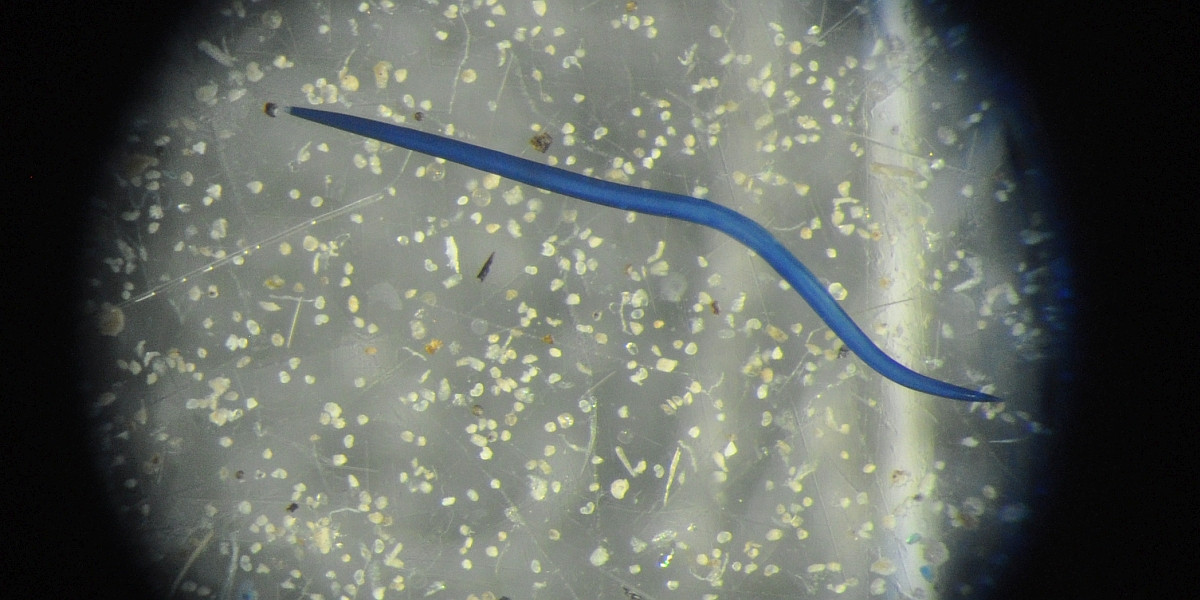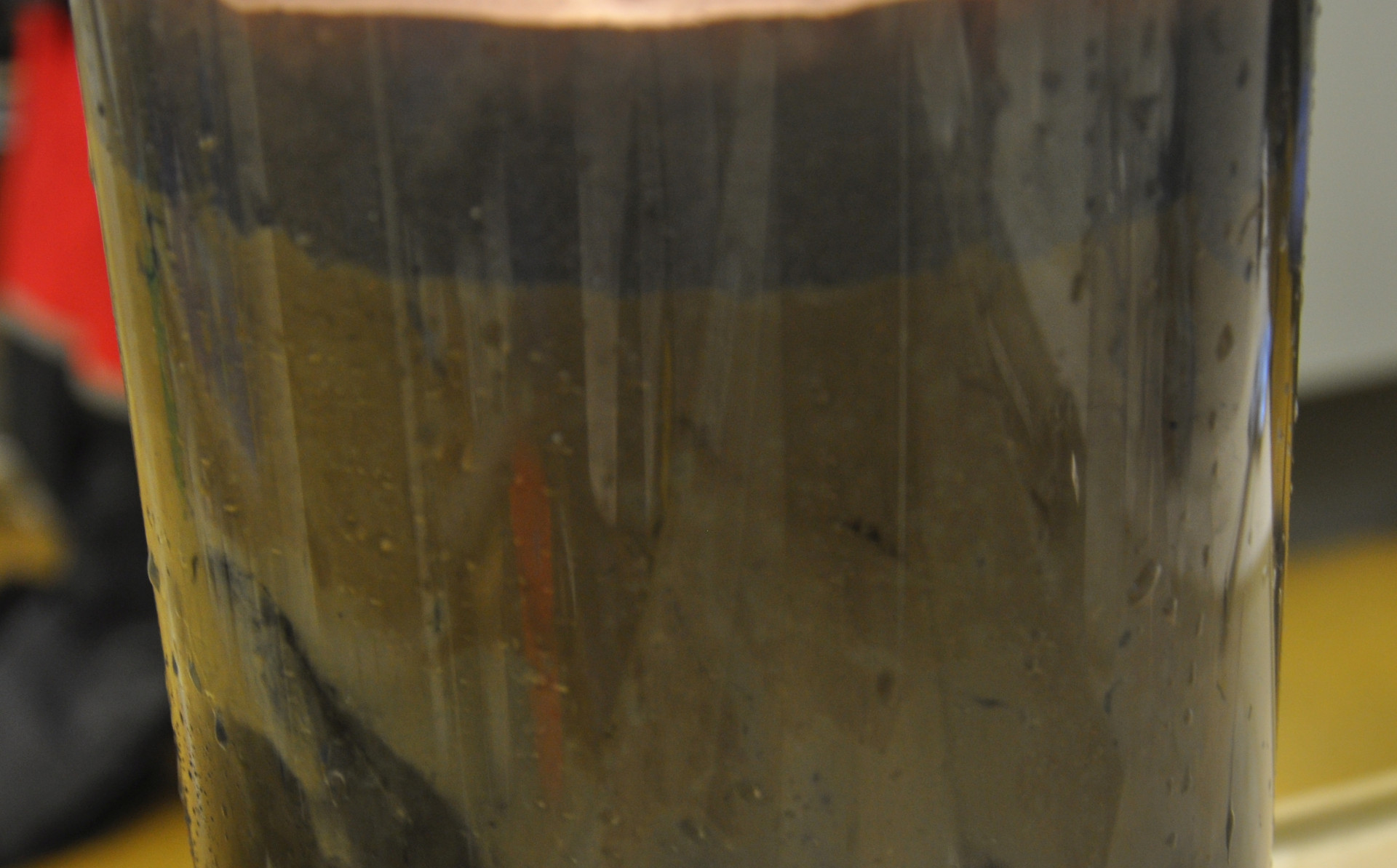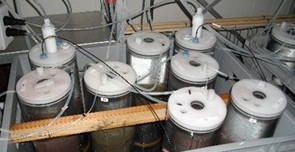Short-term effects of deep-sea mining waste on microbes and meiofauna at the seafloor
Deep- sea mining activities to get valuable minerals for electronic equipment will indisputably affect the status of the marine environment. In addition to the direct disturbance of the seafloor substrate, mining operations will also create extensive sediment plumes. Resettlement of the particles from these plumes away from the mining site may smother the sediment and benthic fauna. The impacted area may therefore be much larger than the area that is actually mined and novel scientific data are critically needed to establish how significant the impacts of mine tailing deposition actually are. This is the goal of the EU research project MIDAS with Dick van Oevelen as NIOZ PI and Tanja Stratmann as PhD student.
Microcosm experiments
An international research team of scientists from Ghent University, the International Research Institute of Stavanger (IRIS, Norway), the Heriot-Watt University (Edinburgh, UK) and NIOZ investigated the effect of short-term exposure of a natural sediment assemblage to coverage with layers of increasing thickness of inert waste from iron ore mining in a microcosm experiment. Dead subsurface sediment was added to natural sediments in the microcosms acting as references. The experiments were carried out at IRIS. The natural sediment assemblages used in the microcosms were obtained from a depth of 200m in the Hardanger fjord. Biotic and abiotic variables were measured to determine structural and functional changes of the macrofauna, meiofauna and microbial benthic community following an 11 and 16 day exposure with tailings and dead sediment, respectively. Structural changes of meiofauna (nematodes), and bacteria were measured in terms of biomass, density, community composition and mortality while measures of oxygen penetration depth, sediment community oxygen consumption and 13C-uptake and processing by biota revealed changes in the functioning of the system. Burial with mine tailings and dead natural sediments modified the structure and functioning of the benthic community albeit in a different way. Mine tailings deposition of 0.1 cm and more on top of the natural sediment resulted in a reduced capacity of the benthic community to remineralize fresh 13C-labeled algal material, as shown by reduced sediment community oxygen consumption and uptake rates in all biological compartments. At the highest level of 3 cm of tailings deposition, it was evident that nematode mortality was higher inside the tailings layer, likely caused by reduced food availability. In contrast to the result for mine tailings, additions of dead sediment led to an increase in oxygen consumption and bacterial carbon uptake comparable to control conditions, thereby leaving deeper sediment layers anoxic. At a deposition level of 3 cm, this led to mortality of nematodes.

Conclusions
The study clearly shows that even small levels (0.1 cm) of instantaneous burial by mine tailings may significantly reduce the activity of the benthic ecosystem on the short term. Furthermore, it reveals the importance of substrate characteristics and origin when studying the effects of substrate addition on marine benthic fauna. Our findings should alert decision makers when considering approval of new deep-sea tailings placement sites as this technique will have major negative impacts on benthic ecosystem functioning over large areas.

/////
Article: Mevenkamp, L. et al. (2017). Impaired Short-Term Functioning of a Benthic Community from a Deep Norwegian Fjord Following Deposition of Mine Tailings and Sediments. Front. Mar. Sci. 30 May 2017. https://doi.org/10.3389/fmars.2017.00169
